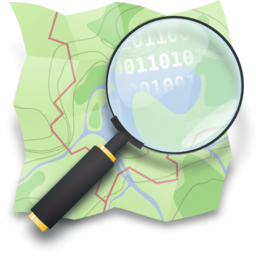The calling of the “-station” in Taiwan suffix is based on the context: The Taipei station, while it is called “Taipei Main Station” in the context of metro lines, the station called “Taipei” in the context of railway lines:
This is applied to high-speed rails as well:
Definitely not the case in CJK world, since there are many words for “river” in English: 河 (he, ho4, が, かわ, 하), 川 (chuān, cyun1, せん, かわ, 천),江 (jiāng, gong1, こう, え, 강), 水 (shuǐ, seoi2, 수), 溪 (xī, kai1, 계), and so on:
https://en.wiktionary.org/wiki/river/translations#Noun
Sometimes the characters combined, such as 淡水河, 濁水溪, 江戸川(えどがわ), 청계천(淸溪川) – And it doesn’t help that many rivers named after the place it flows through, i.e. 花蓮溪 (Hualien) and 石狩川 (Ishikari).
Therefore, we CJK users must attach a suffix for every river to ensure that you are referring to the river, not something else.
As mentioned above, you can’t refer 黃河 (Yellow River) as 黃 (name=黃, name:en=Yellow ?); 江戸川 (Edo River) as 江戸 (name=江戸, name:en=Edo ?), or 한강 (Han River) as 한 (name=한, name:en=Han ?) – It doesn’t make sense in CJK world. I believe that’s why the rule on the wiki confused CJK users here.
Okay, the wiki described station names, but the issue still existed – should I call Taipei Main station “Taipei Main Station” or “Taipei”? It depends on the context mentioned above, but I am confused when reading the wiki as well.



